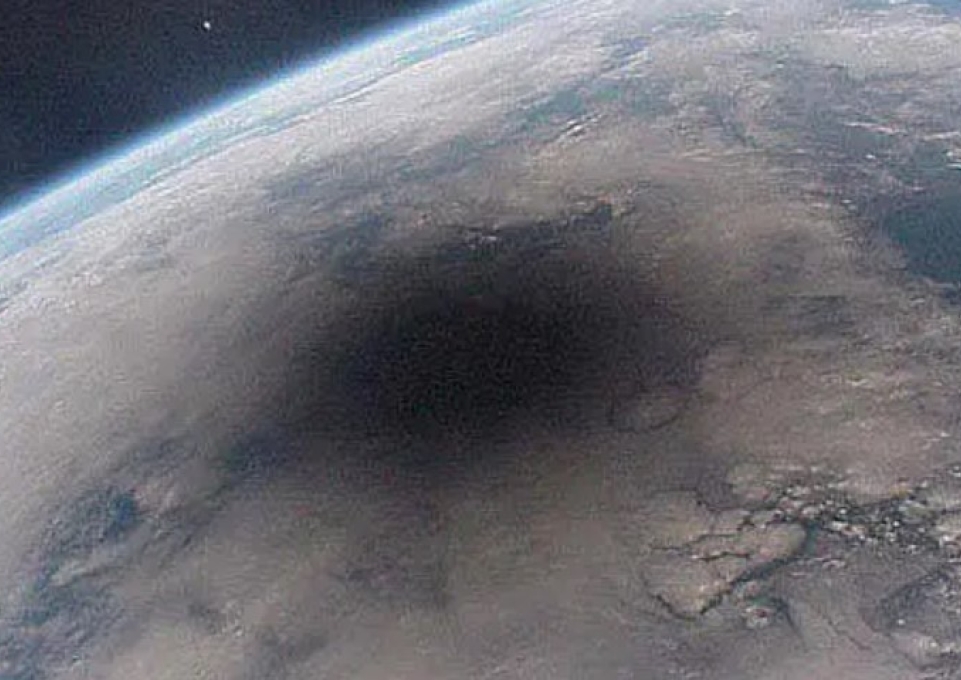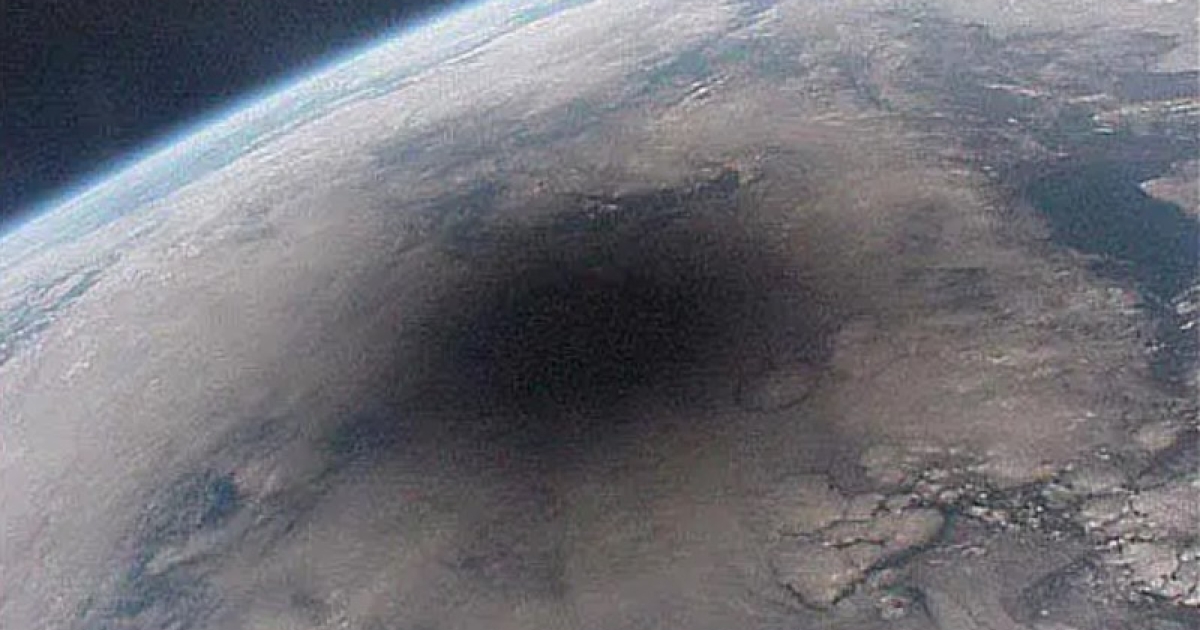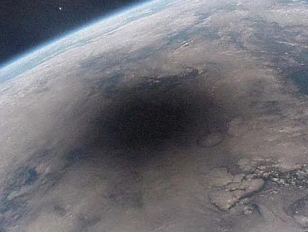
Editor’s note: Each Tuesday through April 9, the Daily Bulletin will feature “Totality Tuesday,” a series by Kevin Williams, associate professor of geosciences and director of the Whitworth Ferguson Planetarium. Williams will provide information about the total solar eclipse that will be visible throughout Western New York on April 8 and answer a question of the week.
By now you've probably heard that Buffalo and Western New York will experience a total solar eclipse on April 8. You might be wondering what the big deal is and how you should prepare. This weekly series will help you learn more about the eclipse by highlighting what causes eclipses, why they are so rare, what to expect, and other topics.
This week’s topic is a brief discussion of the Moon’s shadow. Because April’s eclipse is a total solar eclipse, that means the Moon will be exactly between Earth and the Sun. This will cause the shadow of the Moon to hit Earth’s surface, but because the Sun, Moon, and Earth are all in motion, the shadow of the Moon will be moving. For this eclipse and for our location in Buffalo, the Moon’s shadow will be moving across the surface of Earth at over 2,300 miles per hour.
The Moon is too small to cast a shadow that would cover the entire Earth, so only a relatively small area will experience the Moon’s shadow. Anyone in the Moon’s shadow will experience a total solar eclipse. Even though the shadow of the Moon is moving so quickly, here at Buffalo State, we will be in the shadow, and therefore experiencing totality, for approximately 3 minutes and 43 seconds. Because the shadow of the Moon will be an oval as it passes over this area, the closer you are to the center of the shadow’s path, the longer you will be in the shadow. If you are right along the edge of the path, you will only experience a few seconds of the Moon’s shadow. And what is that path of the shadow called? The path of totality. More on that next Tuesday!
Question of the Week: How can the Moon cover the Sun?
Answer: Although the Sun is roughly 400 times bigger than the Moon, it is also about 400 times farther from Earth. This cosmic coincidence means that when lined up exactly, the Moon can totally block out the Sun, causing a total solar eclipse.
For information about Buffalo State’s eclipse events, visit the Buffalo State Eclipse website. Questions? Email eclipse@buffalostate.edu.
Pictured top: The Moon’s shadow on Earth during a solar eclipse.
Image credit: Centre National d’Etudes Spatiales (CNES)



